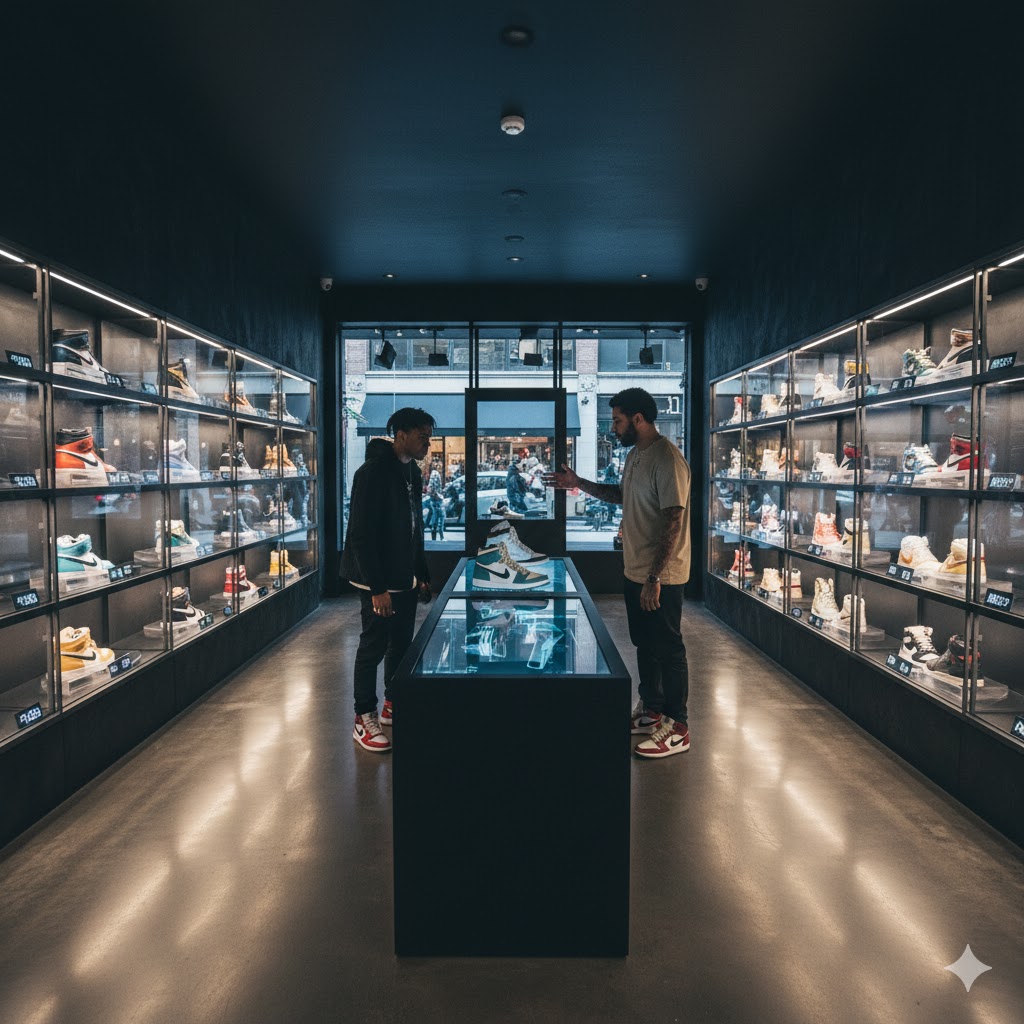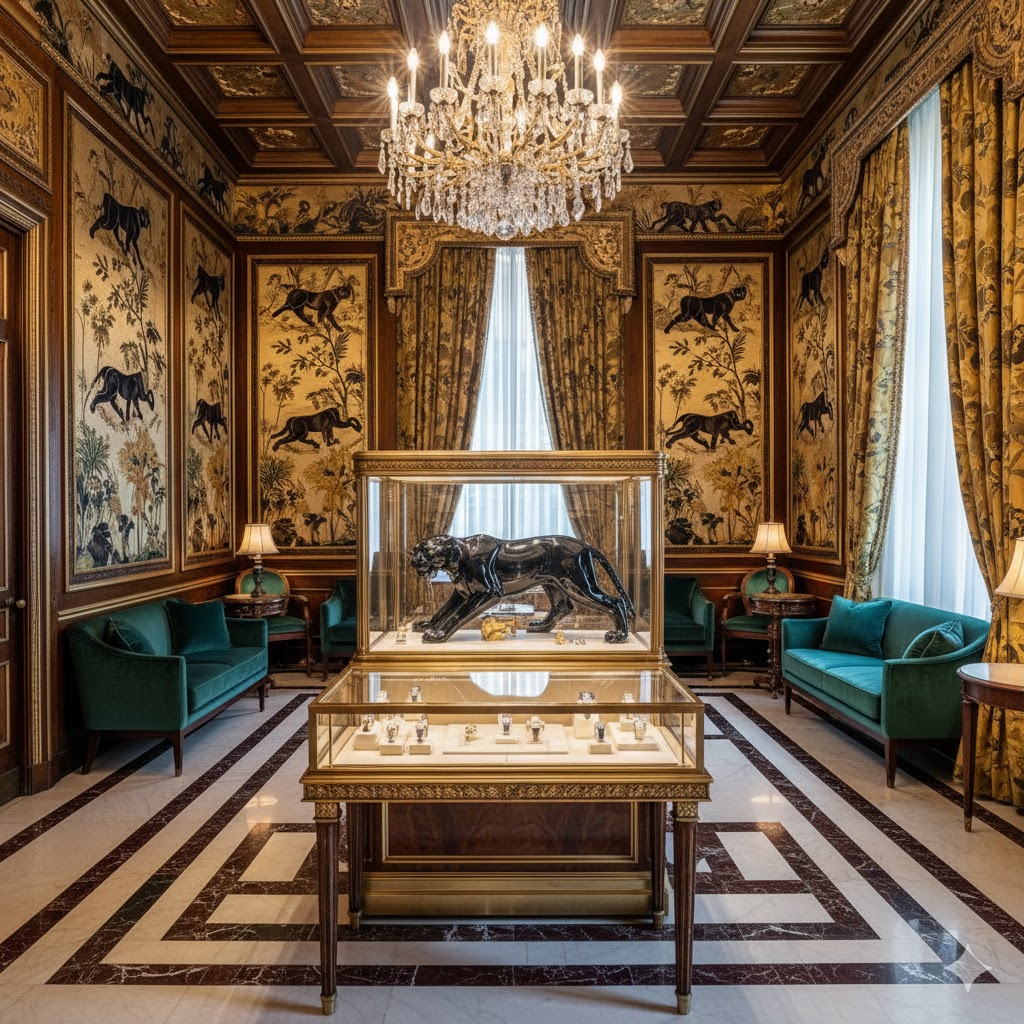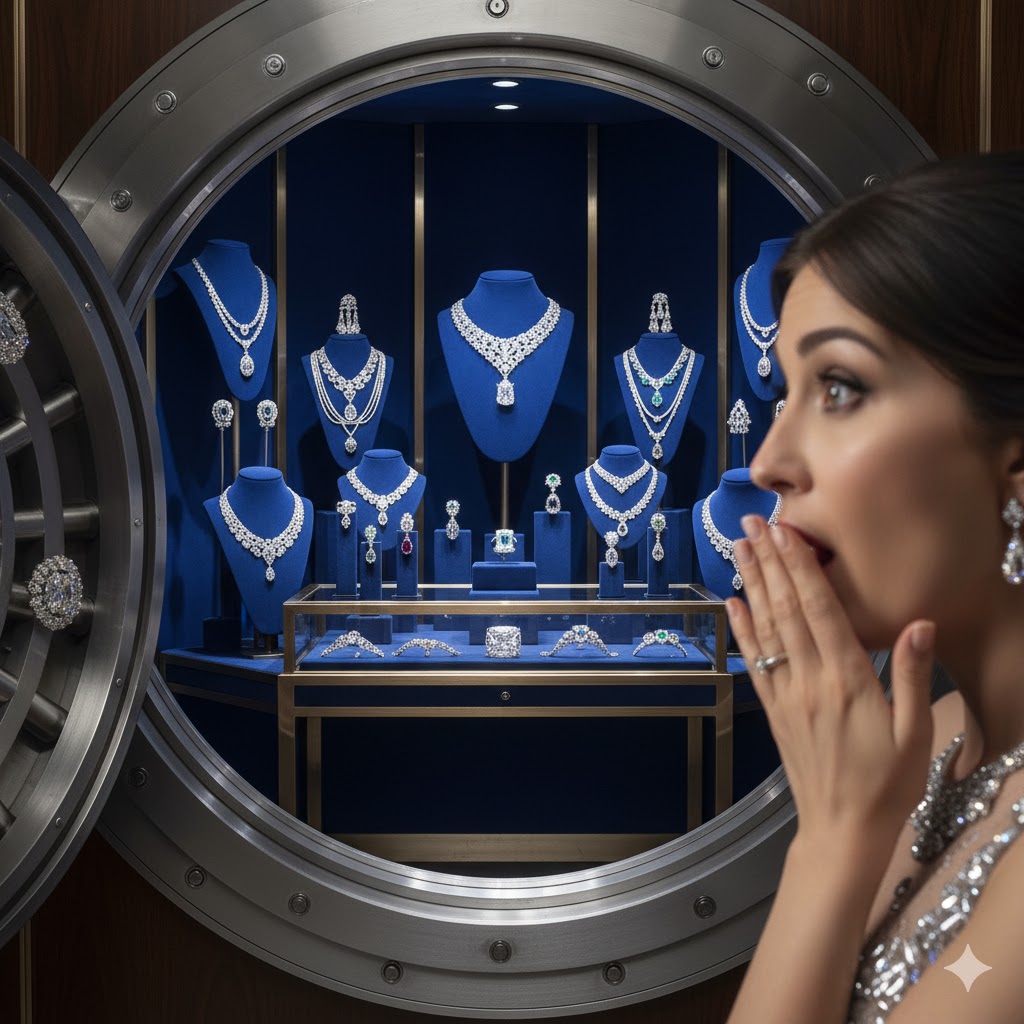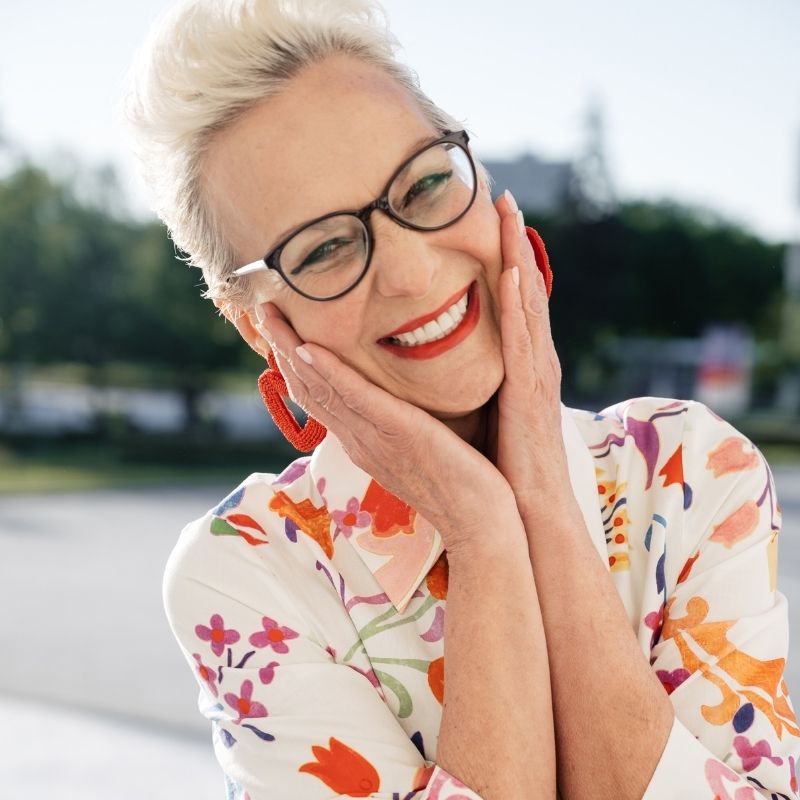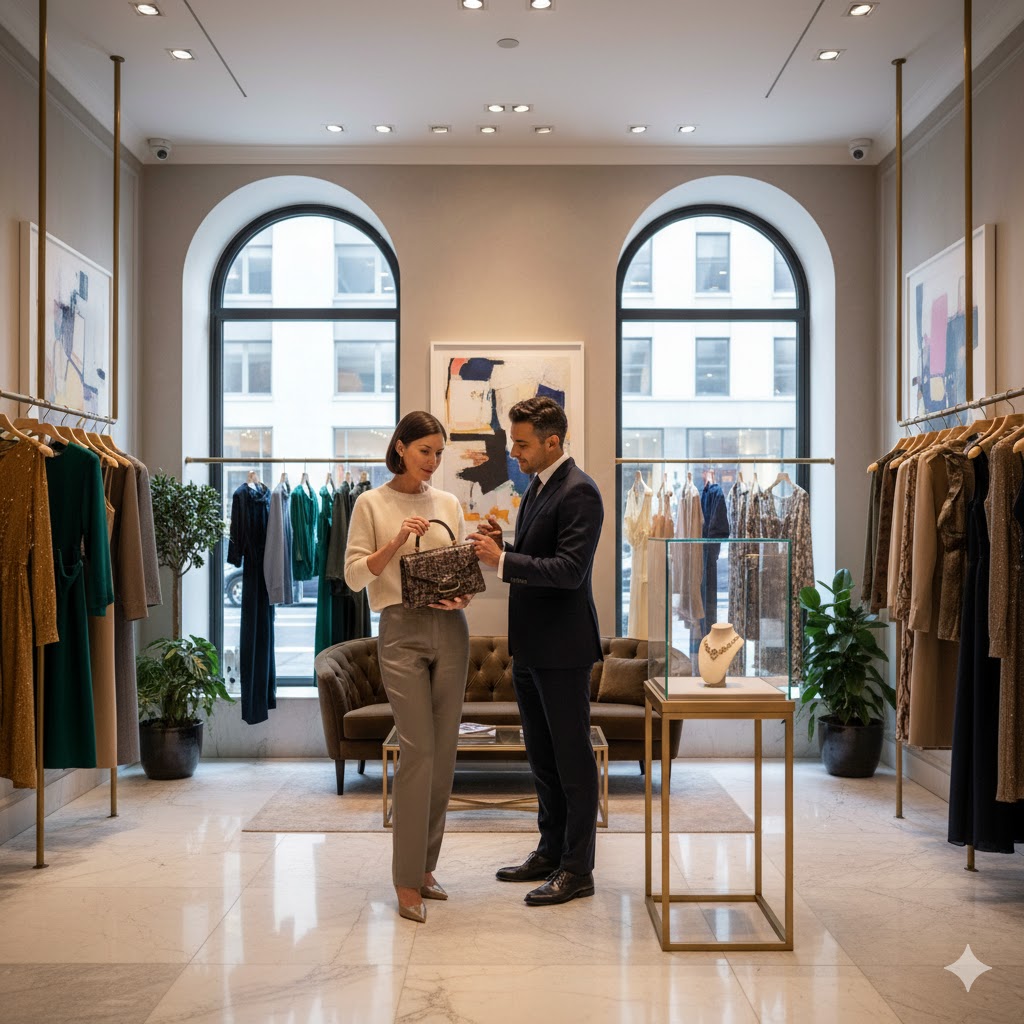The 10 Best Japanese Restaurants in NYC

In New York City, “Japanese food” is a universe. It is not just sushi. It is the art of the 10-seat Omakase counter, the smoky perfection of an Izakaya grill, the profound complexity of a Kaiseki-style dinner, and the soulful depth of a perfect bowl of Udon.
While the “most expensive” list is dominated by sushi temples, the “best” list is a more nuanced collection of masters. These are the restaurants, from 3-Star Michelin icons to “by-invitation” counters, that define the absolute pinnacle of Japanese cuisine in America.
This is the insider’s guide to the most essential Japanese meals in NYC. This article is part of our exclusive series, The AZ New York 100, where we decode the secrets of the super-rich.
The 10 Best Japanese Restaurants in NYC
This list is curated for quality, exclusivity, and impact on the city’s culinary landscape.
- Masa (3-Star): The “Trophy.” It’s on the “best” list simply because it is the most expensive and arguably most luxurious Omakase in the Western Hemisphere. It’s an icon of pure, unadulterated luxury.
- Sushi Noz (2-Star): The “Perfectionist.” Many connoisseurs consider this the *best* Omakase in NYC. It is a transportive experience, with its dining rooms built by Japanese temple carpenters. The attention to detail in the rice, the fish aging, and the service is absolute.
- Atomix (2-Star): The “Hardest Reservation.” A modern Korean “experience” that uses Japanese Kaiseki principles. It’s on this list because its impact and exclusivity are unrivaled. It’s a 10-seat counter that is redefining fine dining.
- Shion 69 Leonard Street (2-Star): The “Insider’s Secret.” A tiny, 10-seat counter that is a favorite of finance billionaires and “in-the-know” foodies. Chef Shion Uino is a master, and access is mostly for regulars.
- Ippudo: The “Gold Standard” of Ramen. While it’s a “chain,” the West Village location revolutionized ramen in America. It remains the gold standard for a rich, flavorful tonkotsu broth and is a cultural icon.
- Torishin: The “Temple of Yakitori.” This Michelin-starred restaurant treats grilled chicken with the reverence of a sushi master. They use every single part of the chicken. It is a masterpiece of smoke and flavor.
- Ootoya: The “Ultimate” Teishoku. For a “non-luxury” meal, Ootoya is the master of *teishoku* (set meals). Their grilled fish, chawanmushi (savory custard), and house-made tofu are benchmarks for authentic, high-quality Japanese comfort food.
- Cagen: The “Kaiseki Master.” A transportive, multi-course *Kaiseki* (traditional multi-course dinner) experience in the East Village. It’s a quiet, artful meal that focuses on seasonal ingredients and precise technique.
- Raku: The “Udon Specialist.” An East Village gem dedicated to the art of the perfect, chewy, house-made udon noodle. Their Uni (sea urchin) udon is a legendary dish among NYC foodies.
- Kajitsu: The “Zen” Experience. The city’s only Michelin-starred *shojin* (Zen Buddhist vegan) restaurant. Like Eleven Madison Park, it proves that “luxury” can be 100% plant-based, using Japanese vegetables and techniques.
Comparative Table: The Japanese Culinary Pillars
You can’t compare Omakase to Ramen. This table breaks down the “Best in Class” for each key Japanese discipline.
| Cuisine Style | “Best in Class” Winner | Price Point | The Vibe |
|---|---|---|---|
| Omakase (Luxury Sushi) | Sushi Noz | $400+ | A quiet, reverent temple of sushi. |
| Ramen (Noodle Soup) | Ippudo | $30 | Loud, energetic, and always a line. |
| Yakitori (Grilled Skewers) | Torishin | $150+ | A smoky, sophisticated counter experience. |
| Kaiseki (Tasting Menu) | Cagen / Atomix | $300+ | Artful, precise, and cerebral. |
| Shojin (Zen Vegan) | Kajitsu | $150+ | Monastic, quiet, and deeply flavorful. |
3 Case Studies: The “Best” Experiences
- The “Connoisseur’s” Choice (Sushi Noz): This is a case study in “experience.” The client here is a true sushi lover. They notice the 200-year-old Hinoki wood counter. They appreciate that the chef has three different types of *shari* (sushi rice) at different temperatures for different fish. It’s “better” than Masa for the purist because it’s 100% about the craft, not the price tag.
- The “High-Low” Icon (Ippudo): This is a case study in “impact.” You’ll see billionaires and students in the same line. Ippudo is on the “best” list because it defined what ramen could be for Americans. Its rich, emulsified broth and “cool” atmosphere made it a cultural touchstone. It’s the “best” accessible Japanese meal in the city.
- The “Master’s” Temple (Torishin): This is a case study in “specialization.” Torishin is the “best” because it focuses on one thing: yakitori. The chef is a master of fire and salt. The client is a “foodie” who understands that a perfectly grilled chicken oyster skewer is just as complex and “luxurious” as a piece of Toro.
💡 Pro Tips: How to Find the “Best”
- “Michelin” vs. “The List”: The Michelin guide is the best place to start for Omakase and Kaiseki. But for ramen, udon, or Izakayas, you have to follow the “foodie” lists from sites like Eater or the NYT.
- Look for the “Specialist”: The “best” Japanese restaurants almost always specialize in *one thing*. Raku only does Udon. Torishin only does Yakitori. Sushi Noz only does Edomae-style sushi. Beware the restaurant that “does it all.”
- It’s All About the Counter: For Omakase, Yakitori, or Kaiseki, the “best” experience is *always* at the counter, not a table. This is where you have a direct “conversation” with the chef. The 10 counter seats at Atomix are the entire restaurant.
✨ NYC Luxe Curiosities
- The “Non-Japanese” Master: The chef of the 3-Star Le Bernardin (Eric Ripert) is French. The chef of the 3-Star Eleven Madison Park (Daniel Humm) is Swiss. The chefs at *all* the top Japanese restaurants (Masa, Noz, Shion) are native Japanese. This authenticity is a key part of the “luxury.”
- The “Ramen Wait”: At its peak, the line for a $30 bowl of ramen at Ippudo or Totto Ramen could be over 2 hours long. This “scarcity” for a casual meal is a unique NYC phenomenon.
- The Art of *Teishoku*: At Ootoya, the *teishoku* (set meal) is a masterclass in balance. It’s not just “fish and rice.” It’s a perfect set of a main, rice, miso soup, *chawanmushi* (savory custard), and pickled vegetables, all working in harmony.
🧐 FAQ: NYC’s Best Japanese
1. What’s the difference between Omakase and Kaiseki?
Omakase (“I leave it up to you”) almost always refers to a sushi counter, where the chef serves you one piece of fish at a time. Kaiseki is a traditional, multi-course tasting menu that involves different cooking styles (grilled, steamed, fried, raw) and is a broader expression of a season.
2. Is “Kobe” beef at a restaurant real?
Usually, no. “Kobe” is often used as a marketing term for all Wagyu. Real, certified Kobe beef is extremely rare. A restaurant on this list (like Masa or Cagen) will have the official certification and will often present it to you. If it’s a “$50 Kobe burger,” it’s not real Kobe.
3. What is “Edomae” style sushi?
This is the “traditional” style practiced at places like Sushi Noz. It’s not just “fresh fish.” It’s a “lost art” from the Edo period in Tokyo. The fish is aged, cured, and marinated (sometimes for days) to deepen its flavor. The rice is seasoned with a darker, aged red vinegar (akazu).
Keywords for your next internet searches
Best Japanese Restaurants NYC, Best Omakase NYC, Sushi Noz NYC, Masa vs Sushi Noz, Atomix NYC Reservation, Best Ramen NYC Ippudo, Torishin NYC Yakitori, Ootoya NYC Teishoku, Cagen NYC Kaiseki, Raku NYC Udon, Kajitsu NYC Shojin Vegan,
Michelin Star Japanese NYC, 3-Star Michelin NYC, Shion 69 Leonard St, Best Sushi Counter NYC, AZ New York 100, Exclusive Dining NYC, Secrets of the Super-Rich, Ultra-Luxe NYC, Edomae Style Sushi NYC, Akazu Sushi Rice, Best Yakitori NYC, Best Kaiseki NYC, What is Shojin, What is Teishoku
Next in the AZ New York 100: The 10 Hardest Reservations to Get in NYC (At Any Price)…
NYC’s New Social Order: Zero Bond vs. Casa Cipriani – The Battle of the Private Clubs


